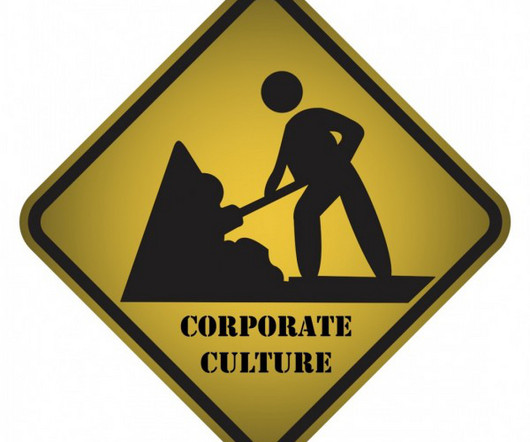Laying Groundwork: How Do Leaders Create Positive Company Culture?
CO2
JANUARY 15, 2017
You may have a comprehensive rule book, a checklist, and an operating manual, but without the right positive corporate cultural attributes, those concrete instructions and processes will not work. The culture can emerge from the leader’s own personal charisma or ethos. If so, how? What tough trade-offs do we never get right?













Let's personalize your content